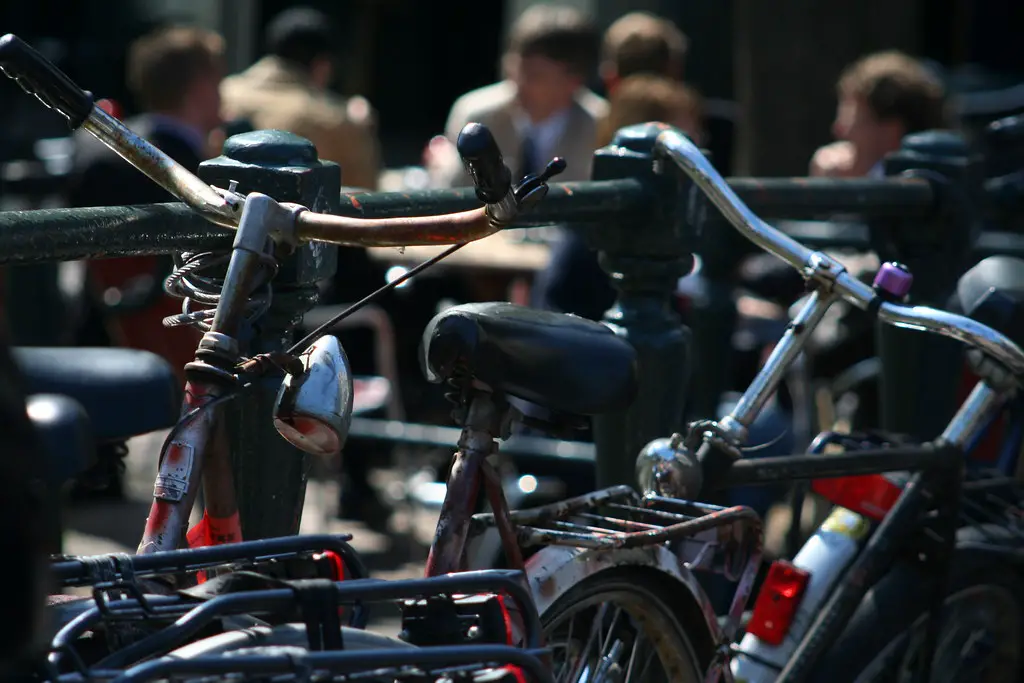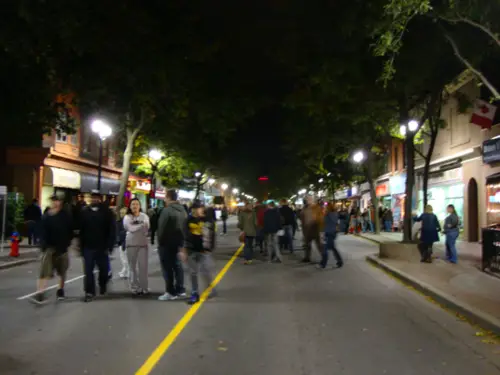Chicago’s skyline dominates the southwest tip of Lake Michigan. The downtown area – “the Loop” – is one of the world’s most concentrated collections of notable architecture. Highlights include the art deco Board of Trade, the glowing blue pyramid atop the Metropolitan, and the modernist Willis Tower. The Willis, formerly the Sears, has been the tallest building in the United States since its construction in 1974.
The Loop takes up only 1.6 square miles, and a tour group can cover it in a couple of hours and still have time to gawk. But this density comes with an environmental price. The Willis Tower alone is a carbon-producing monster: each of its 10,000 windows leaks an SUV’s worth of energy every day. Architects Adrian Smith and Gordon Gill have created a plan for greening the downtown district while preserving its historical value – and increasing quality of life for those who live and work there.
Under Mayor Daley, Chicago has put together several initiatives for making the city more sustainable. The Chicago Central Area Decarbonization Plan may be the most ambitious of these, proposing a dramatic restructuring that would make the downtown area carbon neutral by 2030. The simplest way to reduce carbon usage is the traditional one: retrofit buildings for greater energy efficiency, replacing older windows and insulation, and change usage patterns to reduce waste. This would take the Loop only a third of the way toward its 2030 goal, so more creative renovations are also needed.
Right now, the Loop largely consists of office buildings. Despite the occasional high-end condominium, few people live there. Commutes through Chicago’s infamously slow traffic are a significant portion of the district’s carbon footprint. Offices also use more energy than residences. Converting to mixed usage would be a significant step towards carbon neutrality – and would require a fundamental shift in the way people think about this part of the city.
A livable, walkable neighborhood needs not only homes and offices, but grocery stores and parks, and these are part of the Decarbonization Plan – but the backbone of such a neighborhood is its schools. Even confirmed city dwellers often leave Chicago when they start families, hoping to take advantage of the suburbs’ greater educational opportunities. Smith and Gill suggest luring people back to the Loop through the creation of new magnet schools. A community of families with children, in a live-work environment, would make the Loop sustainable in more ways than the obvious, by giving people a long-term investment in the neighborhood.
In the 1910s and 20s, Chicago civics students read the Wacker Manual – one of the plans used in the city’s early design – as a way of engaging them with the place where they lived. Students in the Loop’s new magnet schools would, similarly, use a Green City textbook focusing on this newest redesign and related environmental goals. Many Chicagoans already have a strong sense of the relationship between place and environment, as witnessed by the city’s thriving parks and prairie reclamation projects. The new schools would help cement these attitudes into the local culture.
Green space would be a vital part of the renovated Loop. Smith and Gill consistently design buildings that are green both literally and figuratively. One of their early designs, for example, uses earth-bearing platforms to grow trees outside a Japanese skyscraper’s highest windows. The Decarbonization Plan incorporates a series of “parks in the sky” intended for education, recreation, and some very local farming. The green roofs, along with a ground-level green corridor on Monroe Street, would also provide a buffer on hot summer days – and Chicago’s are expected to get significantly hotter by 2030.
The Daley administration has been enthusiastic about the Decarbonization Plan and, until recently, willing to put its considerable weight behind implementing it. However, Daley has announced that he is stepping down, and the plan is stalled pending February’s elections. Over the last few years, Chicago has received international attention for its strong response to climate change, and many here are waiting anxiously to find out whether the new administration will continue to work toward those goals. If they do, the reimagined Loop will be a major part of achieving them.
Photo: Gautam Krishnan


